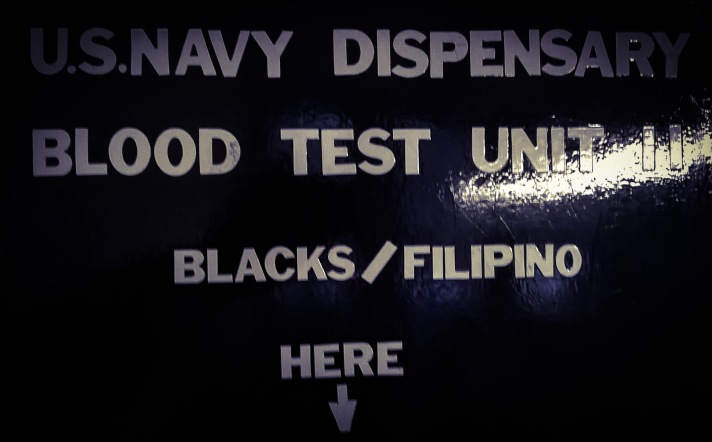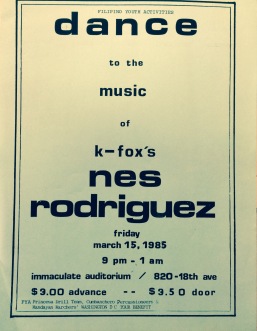
February is recognized as Black History Month (African American History) throughout the United States. The picture posted for this Throwback Thursday is a stark reminder that race issues and concerns experienced by Black people have been intertwined with Brown people as well. People of Color have been part of the U.S. military services for generations and continue to proudly serve beyond the difficult circumstances they faced in our institutions and past systems of segregation.
The artifact pictured above was brought to light to me by FANHS trustee Pio DeCano during a recent conversation about race relations. We both recognized the value of bringing awareness and recognition to the shared struggles our communities have gone through together. It can be easy to forget, but these dark touchstones of the past are necessary as we navigate into the light of the future.
More artifacts and documents around Filipino American history can be found at the Pinoy National Archives in Seattle. Please visit us, and also be on the lookout for future events around Black/Brown history this month.
















